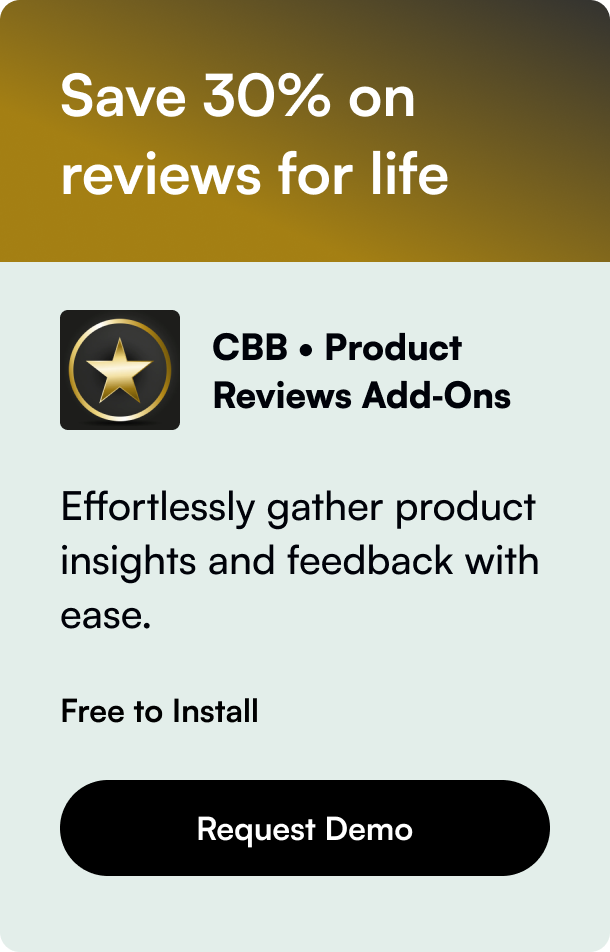Table of Contents
- Introduction
- Why Connect DYMO Printer to Shopify?
- Setting Up Your DYMO Printer
- Connecting DYMO Printer to Shopify
- Troubleshooting Common Issues
- Conclusion
- FAQ
Introduction
Imagine this: Your Shopify store is buzzing with orders, and you're ramping up to fulfill them swiftly. The only hiccup? Implementing an efficient method to print shipping labels directly from your desktop, ensuring every package gets to its destination effortlessly. Enter the solution you've been seeking: connecting a DYMO printer to your Shopify store. This powerful duo streamlines the order fulfillment process, saving you time and hassle. This blog post embarks on a thorough exploration of why integrating a DYMO printer with Shopify is a game-changer for e-commerce businesses and how to execute this setup seamlessly. From understanding the benefits of this integration to step-by-step instructions, we'll cover all you need to know to elevate your shipping operations.
Why Connect DYMO Printer to Shopify?
Integrating your DYMO printer with Shopify is a stellar move for several reasons. First, it simplifies the process of printing shipping and barcode labels directly from your Shopify dashboard. This integration spells efficiency, reducing manual data entry and minimizing errors. Plus, with the ability to customize label layouts and automate printing for numerous orders, you're set to enhance productivity significantly.
Moreover, connecting a DYMO printer to Shopify aligns with maintaining a professional image. Crisp, clear labels not only contribute to a streamlined packaging process but also portray a polished brand image to your customers.
Setting Up Your DYMO Printer
Before we dive into connecting the DYMO printer to your Shopify account, let's ensure your printer is up and ready.
Installing DYMO Label Software
-
Download the Software: Start by visiting the official DYMO website to download the DYMO Label software. It's crucial to select the version compatible with your operating system and DYMO printer model.
-
Install the Software: Follow the on-screen instructions for installing the software. Do not connect your DYMO printer to your computer just yet.
-
Connect Your Printer: When the installation process prompts you, connect your printer using the USB cable. Depending on your printer model, follow the detailed guide provided for either the LabelWriter 450 or the DYMO LabelWriter Wireless Printer.
Adding Barcodes to Your Shopify Products
To streamline label printing, ensure your products have barcodes assigned in Shopify. This can be done directly in your Shopify admin, allowing for seamless integration when it's time to print labels.
Exporting Product Information
Before printing, export your Shopify product information to a CSV file. This file will be instrumental in customizing your labels in the DYMO Label software, incorporating relevant product details such as names and barcodes.
Connecting DYMO Printer to Shopify
With the groundwork laid, it's time to bridge your DYMO printer with your Shopify account for a seamless label printing experience.
Customizing Barcode Labels
-
Open the DYMO Label Software: Launch the software, and choose a label layout that suits your needs, or start with a blank layout for full customization.
-
Design Your Label: Add elements like barcode and text objects to your layout. Customize these elements by selecting the appropriate options, such as the "Code 128 Auto" for barcodes to ensure compatibility with Shopify's system.
-
Save Your Layout: Once satisfied with your design, save the layout for future use.
Printing Your Labels
-
Import Your CSV File: In the DYMO Label software, navigate to 'Import data and print' to select your Shopify CSV file.
-
Customize Label Data: Match the CSV columns with the label elements, ensuring the correct product information populates on each label.
-
Print Your Labels: With the layout and data aligned, proceed to print your barcode labels directly from the DYMO Label software, ready to adorn your products and packages.
Troubleshooting Common Issues
While the process is streamlined, occasional hiccups like printing errors or connectivity issues might arise. If you encounter errors, revisiting the installation steps and ensuring your DYMO software is up-to-date are good initial steps. For persistent issues, DYMO's customer support and Shopify's help center are valuable resources for troubleshooting and advice.
Conclusion
Integrating a DYMO printer with your Shopify store is a strategic move towards operational efficiency and customer satisfaction. By following the steps outlined above, you'll harness the benefits of swift, professional label printing, contributing to a smooth fulfillment process. This integration not only streamlines operations but also elevates the overall customer experience by ensuring packages are appropriately labeled and trackable. Embrace this powerful duo, and watch your e-commerce operations soar to new heights.
FAQ
Q: Can I use any DYMO printer model with Shopify? A: Shopify supports various DYMO printer models, but it's crucial to check compatibility on DYMO's and Shopify's official websites to ensure optimal performance.
Q: Do I need special labels for my DYMO printer? A: Yes, it's recommended to use labels that are compatible with your specific DYMO printer model to ensure high-quality printing.
Q: Can I print shipping labels as well as product barcodes with my DYMO printer? A: Absolutely! With the right setup, your DYMO printer is capable of handling both shipping and barcode labels, making it a versatile tool for your Shopify store.
Q: What should I do if my labels aren't scanning correctly? A: Ensure you've selected the correct barcode format in the DYMO Label software and check the print quality. Adjusting the printer settings for clearer prints may resolve the issue.
Q: Where can I get further help if I encounter issues? A: Both DYMO and Shopify offer comprehensive support. Check their official help centers or contact customer support for tailored assistance.








